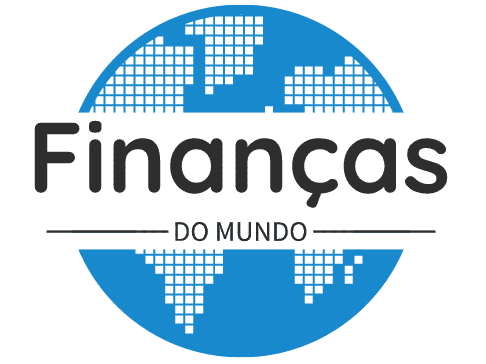In today’s financial landscape, understanding the nuances of personal loans is crucial for making informed decisions. Personal loans, or personal loans, come with either fixed or variable interest rates. Knowing the difference between these options can significantly impact your financial health. As we look towards 2025, the decision between fixed and variable rates becomes even more relevant amid shifting economic conditions.
The choice between a fixed and a variable interest rate affects not only the cost of the loan but also your peace of mind. While some borrowers prioritize stability, others might opt for flexibility and the potential for savings. As we enter 2025, with potential fluctuations in global and local economies, determining the best loan type for your individual circumstances is paramount.
Understanding the difference between fixed and variable rates

Personal loans can come with either fixed or variable rates, each carrying distinct characteristics. A fixed interest rate remains consistent throughout the life of the loan, offering predictability in monthly payments. This stability appeals to those who prefer budgeting with certainty, allowing them to plan their finances without surprises. On the other hand, a variable interest rate can fluctuate based on market conditions.
Fixed rates typically provide a sense of security, especially in volatile economic climates. This option suits borrowers expecting stable or increasing interest rates in the future. Conversely, those anticipating a decline in rates might lean towards variable loans, aiming to benefit from reduced costs. Understanding how these rates function within different economic contexts is essential.
Evaluating economic factors for decision-making in 2025
As we move into 2025, several economic factors could influence interest rates. Inflation trends, central bank policies, and global financial stability play pivotal roles in determining rate movements. High inflation often leads to increased interest rates, impacting borrowing costs. Conversely, in a deflationary environment, rates may drop to stimulate economic activity.
Consider engaging financial advisors or utilize advanced forecasting tools for comprehensive analysis. By staying informed about macroeconomic shifts, borrowers can better assess whether a fixed or variable rate aligns with their long-term financial goals. Anticipating these changes can prevent facing unexpected financial burdens and help capitalize on favorable market conditions.
Advantages and risks of each loan option
Both loan types present distinct advantages and drawbacks. Fixed-rate loans are appealing for their predictability and stability. Borrowers can lock in their rates, avoiding any surprise increases that could impact their budgets. This advantage is particularly beneficial for those with tight financial plans or fixed incomes.
Variable-rate loans offer the potential for savings in low-rate environments. Initially, they often have lower rates, presenting upfront cost benefits. However, the inherent risk is the potential for higher payments if rates climb. This option suits borrowers who are financially flexible and can accommodate fluctuating payments.
Choosing the best option for your financial profile
Making the right choice requires a clear understanding of your financial situation and long-term goals. Fixed-rate loans may suit those who prefer consistent payments without worrying about future rate hikes. This option safeguards against inflation-driven increases, providing peace of mind.
Consider your risk tolerance, income stability, and financial projections. Calculate potential scenarios and consult financial experts if necessary. Those with flexible budgets and an appetite for potential savings might appreciate the variable option, while risk-averse borrowers could lean towards fixed loans.
Conclusion: Making an informed loan choice
Choosing between fixed and variable interest rates for personal loans hinges on individual preferences, market forecasts, and financial goals. With the 2025 economic backdrop, borrowers must carefully evaluate each option’s benefits and risks. Fixed-rate loans offer stability, essential for those prioritizing predictability.
Whether prioritizing safety or seeking potential savings, aligning your choice with personal needs and economic insights is key. By thoroughly researching and understanding personal loans options in light of 2025’s financial environment, borrowers can secure a loan that best complements their financial strategy and lifestyle.
